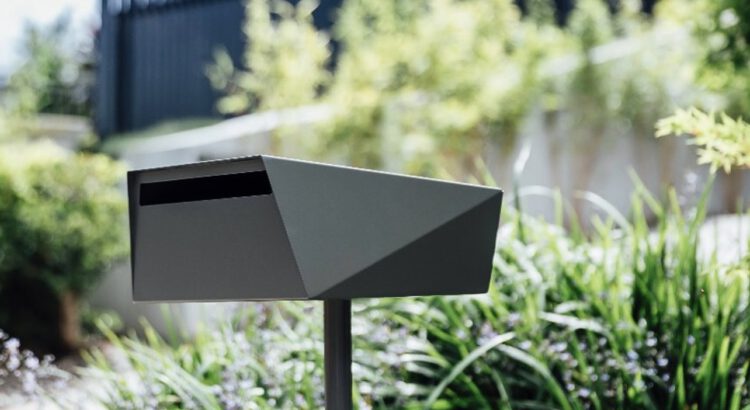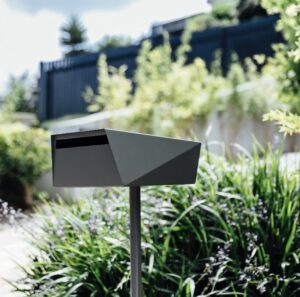Boca Dental and Braces is the science and practice of oral care. It includes preventing and treating diseases of the teeth, gums, and jaws. It also provides for the restoration of diseased or missing teeth and the construction of artificial dentures.
The best personal statements for dental school use anecdotes or vignettes to illustrate why dentistry is your ideal career. This helps your reader see who you are and what you bring to the profession.

Crowns, also called dental caps or crowns, repair teeth weakened by severe decay or a root canal. They can also replace missing teeth. The procedure is very similar to getting a filling, but it’s typically done after the tooth has been cleaned. The dentist removes any remaining debris from the tooth and then shapes it for the crown to fit. Once the crown is made, it’s glued onto the tooth with dental cement.
Dental caps are made from various materials, but the most common is porcelain fused to metal. This combination allows the dentist to make a more natural-looking cap while offering strength. This type of crown is most often used on molars in the back of your mouth. The metal core provides the necessary strength, while the porcelain fuses to the rest of the tooth for a more aesthetic appearance.
Another popular option is porcelain onlay. This type of crown is used to repair larger cavities and offers more coverage than a standard filling. It’s important to note that the dentist will need to remove more of your natural tooth structure to make room for this restoration, but it is considered a more conservative treatment than a dental bridge.
The downside of both these types of crowns is that they can discolor over time. This can be unsightly, but fortunately, it’s usually an easy fix. The best way to avoid this is to practice proper oral hygiene, which includes brushing and flossing daily and visiting the dentist for regular teeth cleanings and checkups.
Traditional dental bridges use the teeth on either side of the gap to support the crown in the middle. The dentist must remove enamel from both adjacent teeth to put a conventional bridge in place. This is not ideal because enamel does not grow back. This can lead to sensitivity, and over time, the teeth on either side of the gap can be affected by decay and gum disease.
Missing teeth might not seem like a big deal, but they can affect your ability to chew and speak. They also leave gaps in your smile that can be embarrassing.
Luckily, many solutions are available to help fill these gaps and improve your smile. One popular option is dental bridges.
A bridge is a row of artificial “teeth” used to replace missing teeth and restore function. A bridge is anchored by placing crowns on healthy adjacent teeth (abutment teeth) to support a false tooth. The type of bridge you receive will depend on your needs and budget.
There are four basic types of dental bridges:
Traditional dental bridges consist of a false tooth (pontics) supported by two crowns on either side (abutment teeth). The most common material for traditional dental bridges is porcelain fused to metal, but your dentist might also use all-porcelain or gold dental bridges.
Porcelain and gold bridges are strong and attractive but may be more expensive than other dental bridges. The most important factor when choosing a dental bridge is its fit. A bridge that doesn’t fit properly can cause bite problems, gum disease, and other serious dental issues.
You must brush and floss regularly to remove plaque from the abutment teeth when caring for your bridge. You should also avoid certain foods, such as hard or sticky candy, to prevent food from getting trapped under the bridge.
Contact your dental care practice for more information if you want a dental bridge. Our practitioners will happily discuss your options and help you find the best solution.
Dental bridges can restore your smile and improve your ability to chew and speak. However, caring for your bridges properly is crucial to ensure they last as long as possible. A dental bridge can last up to 15 years with regular oral hygiene.
A dental implant is a permanent replacement tooth that looks, feels, and functions like real teeth. It’s a metal frame with a post that extends from the gum to hold a false tooth or teeth. The implant’s posts connect to the jaw bone in osseointegration. Because of this, implants are the most permanent and stable teeth replacement option. However, they require healthy jawbones to support them. If you’re considering this treatment, our dentists will arrange for a series of tests to determine whether your jaw has enough bone to support an implant.
An X-ray and CT scan will show the amount of bone in your jaw. If necessary, we can graft bone to the area to build it up before implanting it. We have several options for grafting, including taking bone from another area of your body, such as the hip, or using synthetic bone material to add height to the area. The sinuses in the upper jaw can limit how much bone is available for an implant, so a procedure known as a “sinus lift” can be performed to raise the sinus floor and graft more bone into the area.
Once adequate bone is present, an appointment will be made to place your dental implant. The surgeon will remove the tooth root and make a hole in the bone for the new implant. Once the implant is placed, it will need time to heal, which usually takes about two to six months. During this healing process, it is important not to put too much pressure or stress on the implant.
After the implant has healed, we will attach a temporary tooth to the post with a small connector (called an abutment). Once the abutment is attached, we can install the new false tooth or teeth. The final restoration will be a custom-made crown to match the adjacent teeth.
The success of your implant depends on conscientious at-home oral care and regular visits to our office. In addition, patients with uncontrolled chronic conditions — such as diabetes or long-term steroid use — should be aware that they may have a slower recovery and integration period.
Dentures are artificial teeth that replace missing ones, both upper and lower. They sit passively on the gum tissue (in complete dentures) or can be clasped to remaining natural teeth (in partial dentures). They can also be implant-retained in the jawbone to stabilize them further, improve their aesthetics, and anchor other dental treatments, such as a dental bridge or crown.
Denture stability depends on how securely the pink material of the denture base fits the edentulous (toothless) jawbone ridge and overlying mucosa. The more the denture base contacts these tissues, the greater the stability. Stability can be improved by using a denture adhesive and by regularly brushing the gums, tongue, and roof of the mouth to stimulate circulation and help remove plaque that could scratch or damage the surface of the denture.
A good fit is essential for optimum comfort and performance and should be checked annually. Over time, a denture may require resizing or replacement due to wear and tear and bone resorption (loss). The shape of the edentulous jawbone changes with age, and any new dentures must have a good fit to minimize complications such as the development of epulis fissuratum, an inflammation of the gum tissues that causes loose and painful dentures.
Most basic Medicare (Parts A and B) does not cover dental care, but add-on Medicare Advantage plans frequently pay for full or part of the cost of dentures. Flexible spending accounts, health reimbursement accounts, and employer-provided dental insurance may also cover the cost of dentures.
Dentures are very comfortable and virtually undetectable, but it takes some time to get used to them. They can cause some initial soreness in places that have not been used to having contact with the oral tissues, but this should disappear after a few weeks. If pain or discomfort persists, contact your dentist for advice. Also, it is advisable to remove dentures before bed to prevent them from damaging or dislodging during sleep and allow the gum tissues to rest.

 A planter or letter box is a great way to add color and personality to your home. It can be made from wood, metal, plastic, or other materials. You can also use it to grow flowers or vegetables. It can be hung on the wall, placed on the floor, or set on a table. There are many different types of planters and letter boxes, so choosing one that fits your style is important.
A planter or letter box is a great way to add color and personality to your home. It can be made from wood, metal, plastic, or other materials. You can also use it to grow flowers or vegetables. It can be hung on the wall, placed on the floor, or set on a table. There are many different types of planters and letter boxes, so choosing one that fits your style is important.